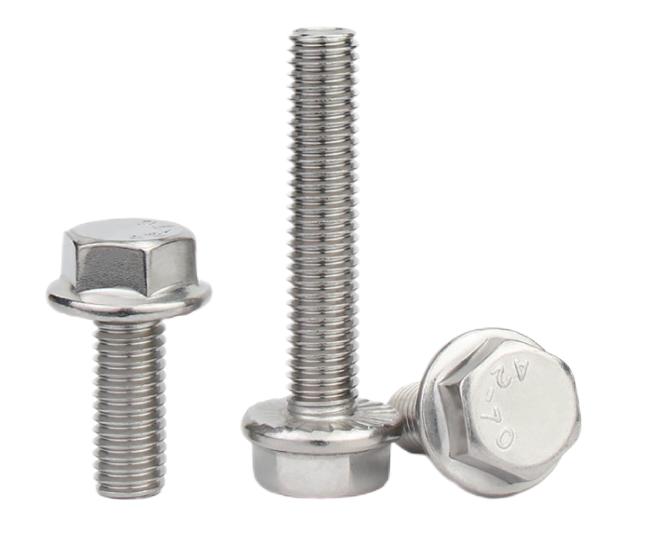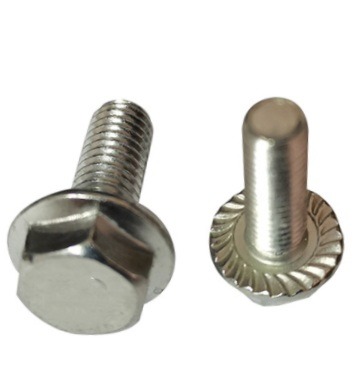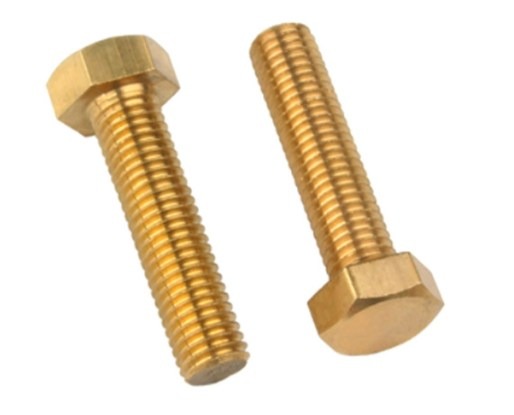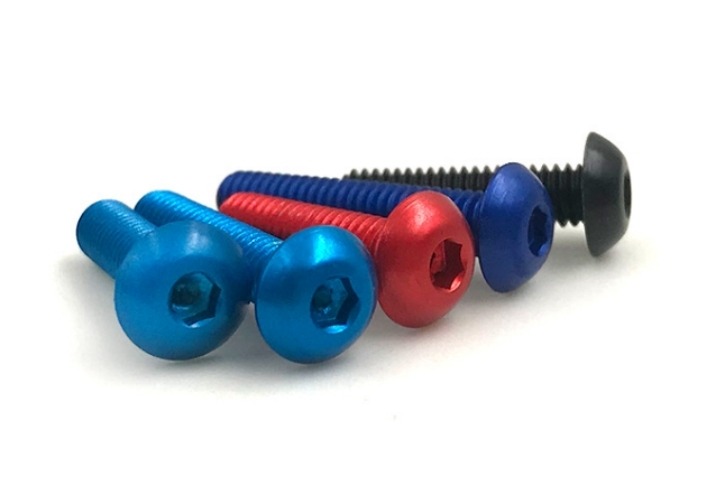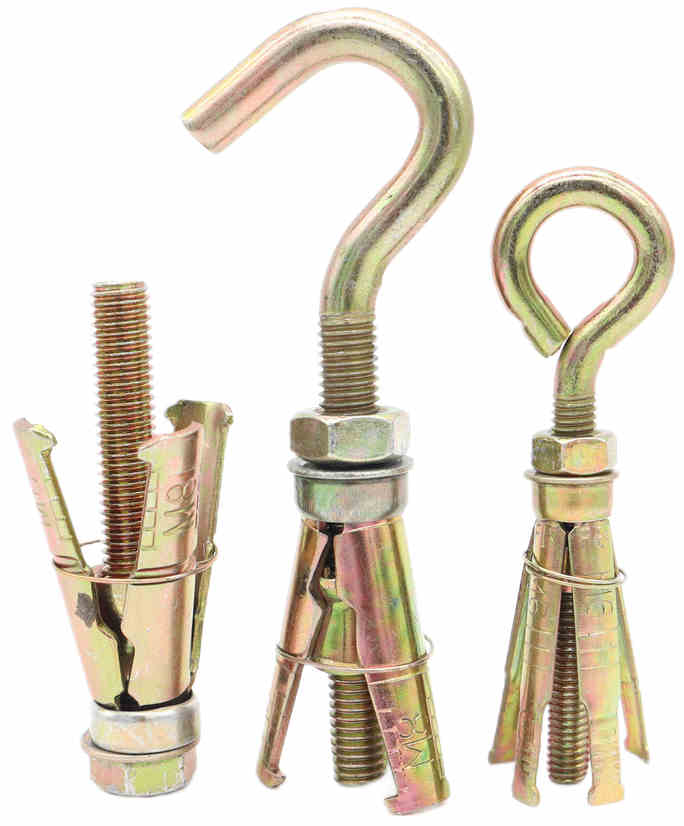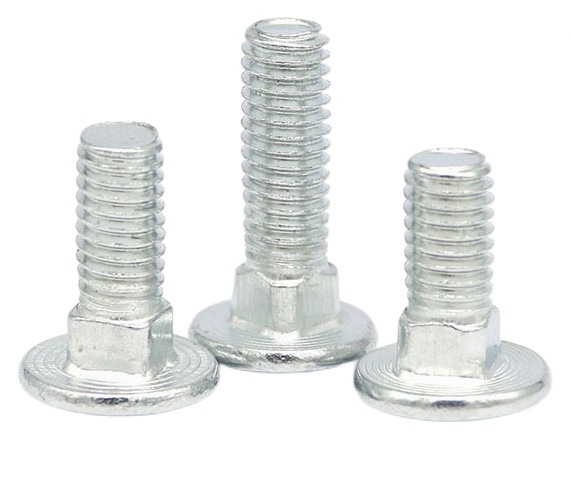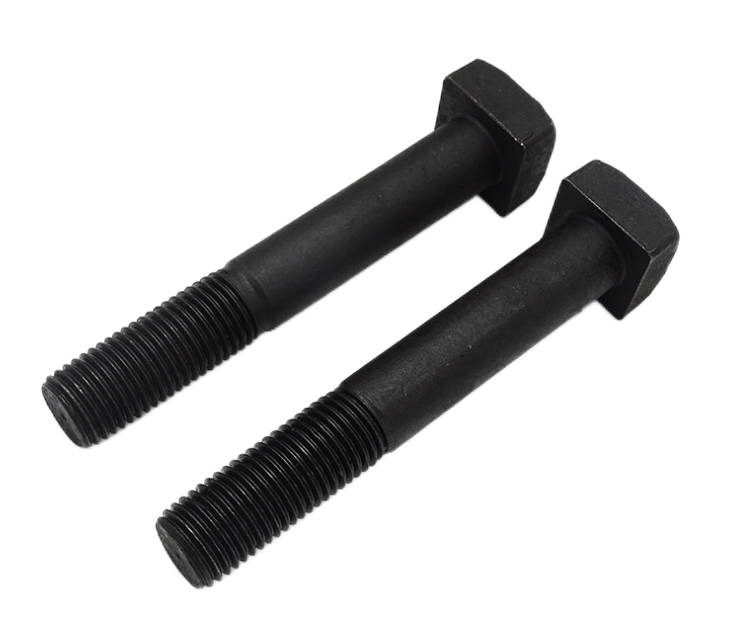Inner Hexagon Bolt VS Outer Hexagon Bolt
Hexagon bolts are widely used in the fastener industry. They have the advantages of high torque, simple structure, low cost and high cost performance. They are also the most used types of bolts in automobiles. Hexagon bolts can be divided into inner hexagon bolts and outer hexagon bolts. So what are the differences between these two types of hex bolts? Which one to select in different applications?
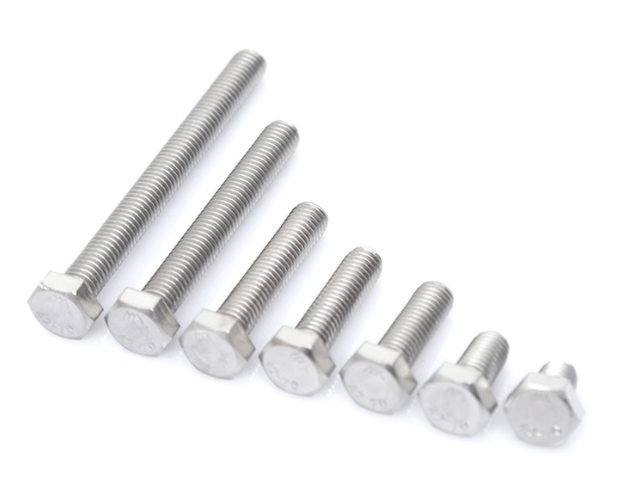
Structure Differences Between The Outer Hexagon Bolt And The Inner Hexagon Bolt
Structurally, it is easy to identify the inner hexagon bolt and the outer hexagon bolt. There is basically no difference in the thread part. The outer hexagon is that the side of the head is hexagonal, and there is no depression in the head. In order to increase the pressure bearing area of the head, the outer hexagon flange bolt can also be made, which is also widely used. The outer side of the head of the hexagon socket bolt is round, and the middle is a concave hexagon. The common types are the cylindrical head hexagon socket bolt, the pan head hexagon socket bolt, countersunk head hexagon socket bolt, flat head hexagon socket bolt, etc. Of course, hexagon socket bolts can also be made into hexagon socket flange bolts in order to increase the head contact area.
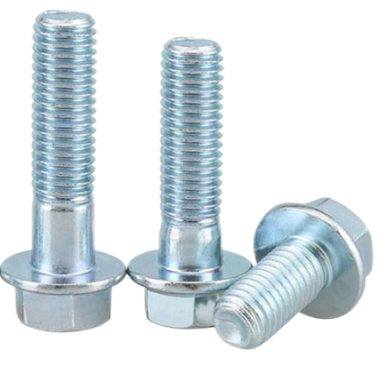
Cost Differences Between The Outer Hexagon Bolt And The Inner Hexagon Bolt
The difference is the head manufacturing process. Because the head structure is completely different, different molds and processes need to be used. The head manufacturing cost of the hexagonal socket bolt is higher than that of the outer hexagon bolt.
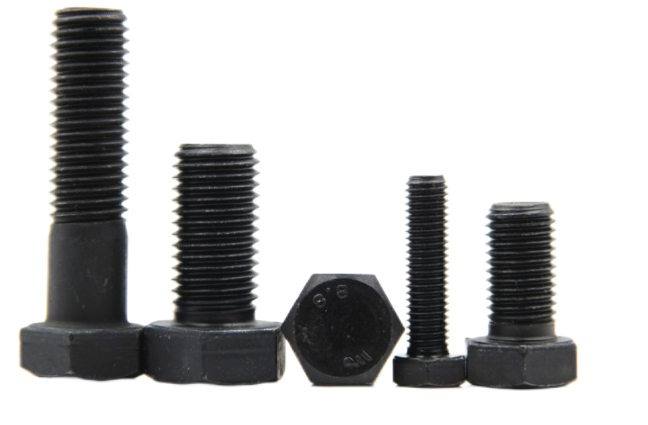
Differences In Tightening Tools Between The Outer Hexagon Bolt And The Inner Hexagon Bolt
For assembly in life, the shape of wrench used for inner hexagon bolts is “L”. One side is long while the other side is short. Tighten the screws on the short side. Holding the long side can save effort and tighten the screws better. The shape of wrench used for outer hexagon bolt is an equilateral hexagon.
For the assembly in production, in order to ensure the tightening quality and automation requirements, it will be assembled through a constant torque wrench and a high-precision tightening gun. Therefore, it is necessary to match the corresponding tightening sleeves. The shape of sleeves for outer hexagon bolts is concave hexagon and the shape of sleeves for inner hexagon bolts is convex hexagon.
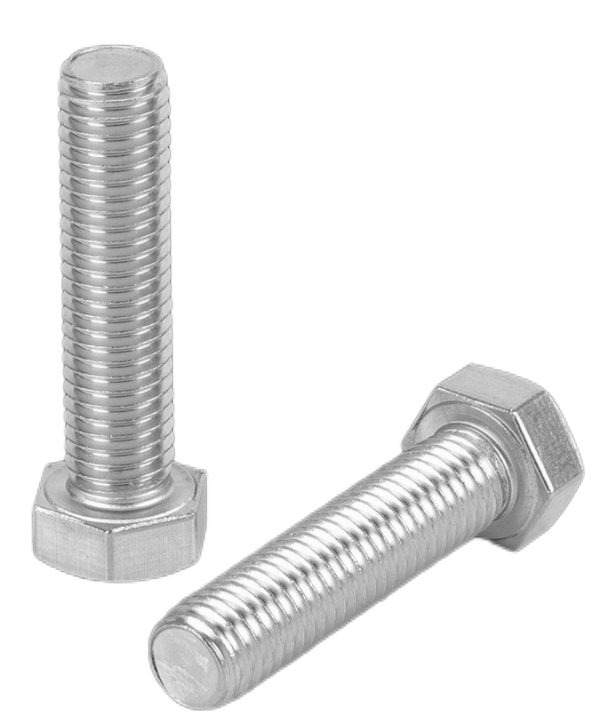
Advantages And Disadvantages Of The Outer Hexagon Bolt And The Inner Hexagon Bolt
Advantages Of The Outer Hexagon Bolt And The Inner Hexagon Bolt
Outer hexagon bolt
Good self-locking.
Large pre tightening contact area and large pre tightening force.
The length range of full thread is wider.
There can be reamed holes, which can fix the position of parts and bear the shear caused by transverse force.
The head is thinner than the hexagonal socket, which can’t be replaced in some places.
Inner hexagon bolt
Easy fastening
It is not easy to disassemble
Small space
Large load-bearing
It can be countersunk and sunk into the workpiece, making it more exquisite and beautiful.
Disadvantages Of The Outer Hexagon Bolt And The Inner Hexagon Bolt
Outer hexagon bolt
It takes up large space and is not suitable for delicate occasions
Not suitable for countersunk head
Inner hexagon bolt
Small contact area, small pre-tightening force.
No full thread beyond a certain length
The fastening tools are not easy to match and replace
A professional wrench should be used for disassemble, which is not convenient at ordinary times.
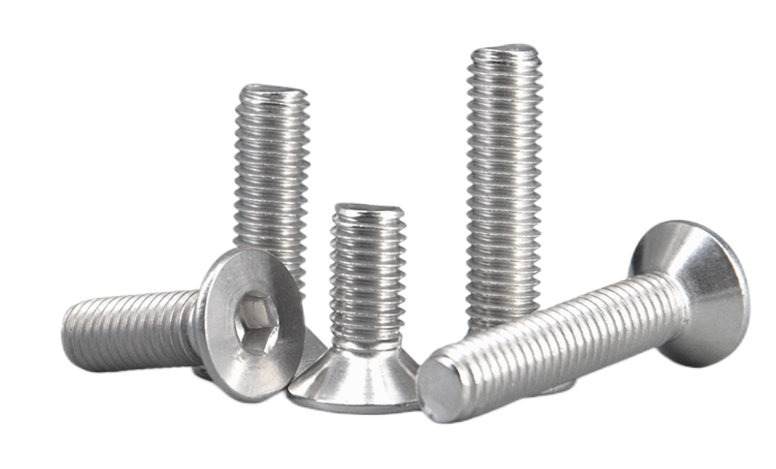
Which One To Choose Between The Outer Hexagon Bolt And The Inner Hexagon Bolt In Different Applications
If the axial force required at the tightening point is large, that is, the tightening torque is large, and the external tightening space is sufficient, the outer hexagon bolt shall be used for tightening. If the tightening position is limited by space, or the countersunk head needs to be made aesthetically, and the axial force required for the tightening point is not large, that is, the tightening torque is not large, the hexagonal socket can be made at this time.
Take a car as an example. At the connection position between the subframe and the body, several bolts pass through the subframe through the bottom and are tightened to the body. Because the bottom is an invisible area with no aesthetic requirements, there is no interference in tightening and the axial force and torque required for tightening are large, which is suitable to use outer hexagon bolts for tightening at this connection position.
The connection of interior trim parts is the visual area of the customer. Generally, there are aesthetic requirements. A countersunk structure is required. The top of the bolt head should be kept on the same plane with the structure of the connected parts, or a layer of covering parts should be added outside. The tightening axial force and torque at such positions are also small. Therefore, it is very suitable for tightening with hexagon socket screws.
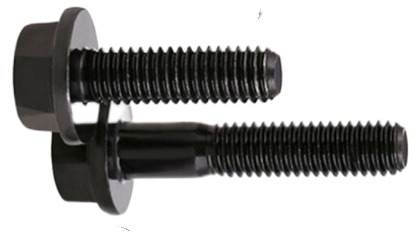
Summary
The head structure of outer hexagon bolt and inner hexagon bolt can be clearly distinguished. In terms of cost, the outer hexagon bolt is lower than the inner hexagon bolt. According to the advantages and disadvantages of both, in terms of application, if the connection position has the requirements of exquisite, beautiful and limited assembly space, the inner hexagon bolt should be selected. If there is no such requirement, the outer hexagon bolt should be selected.

